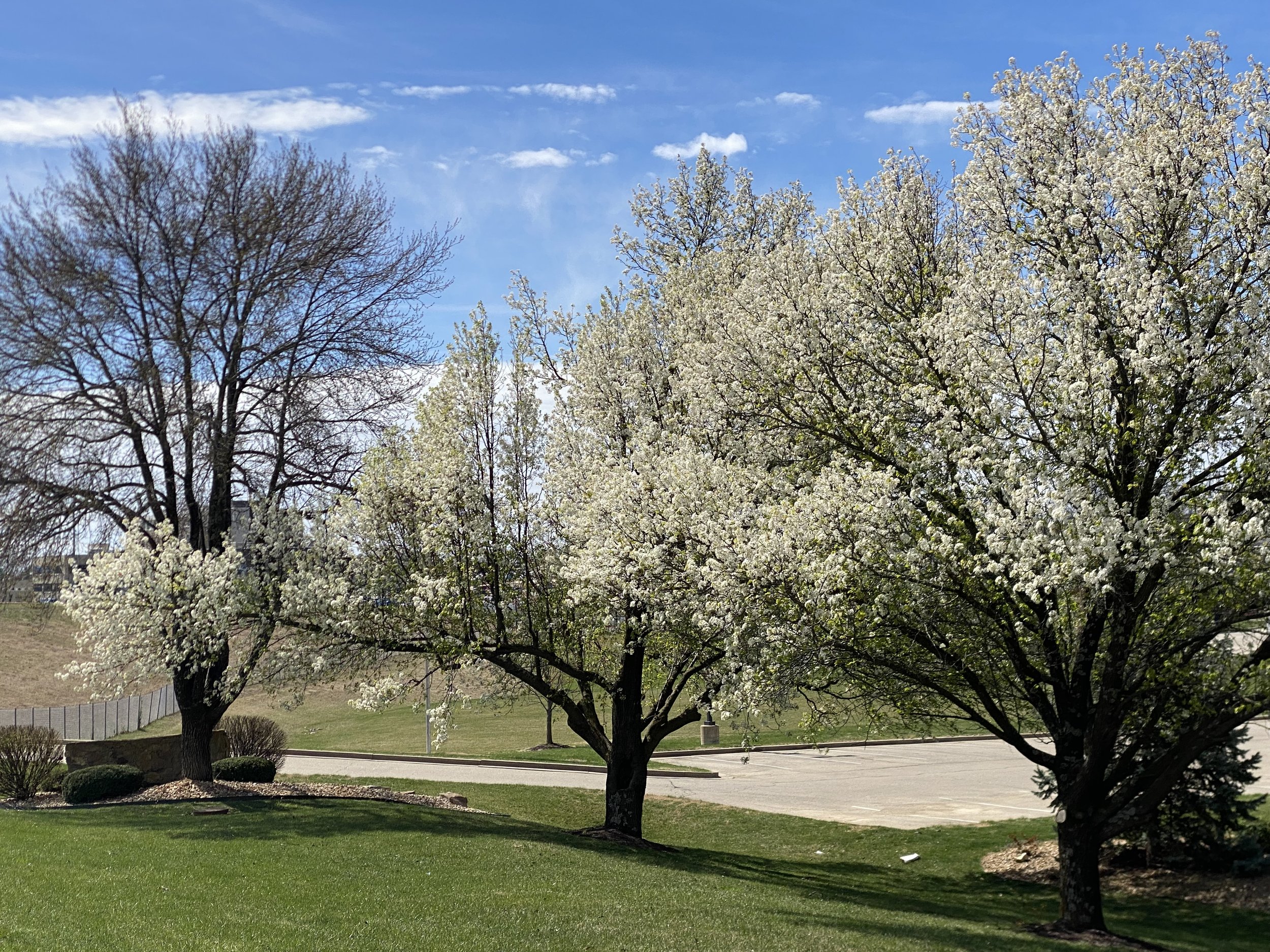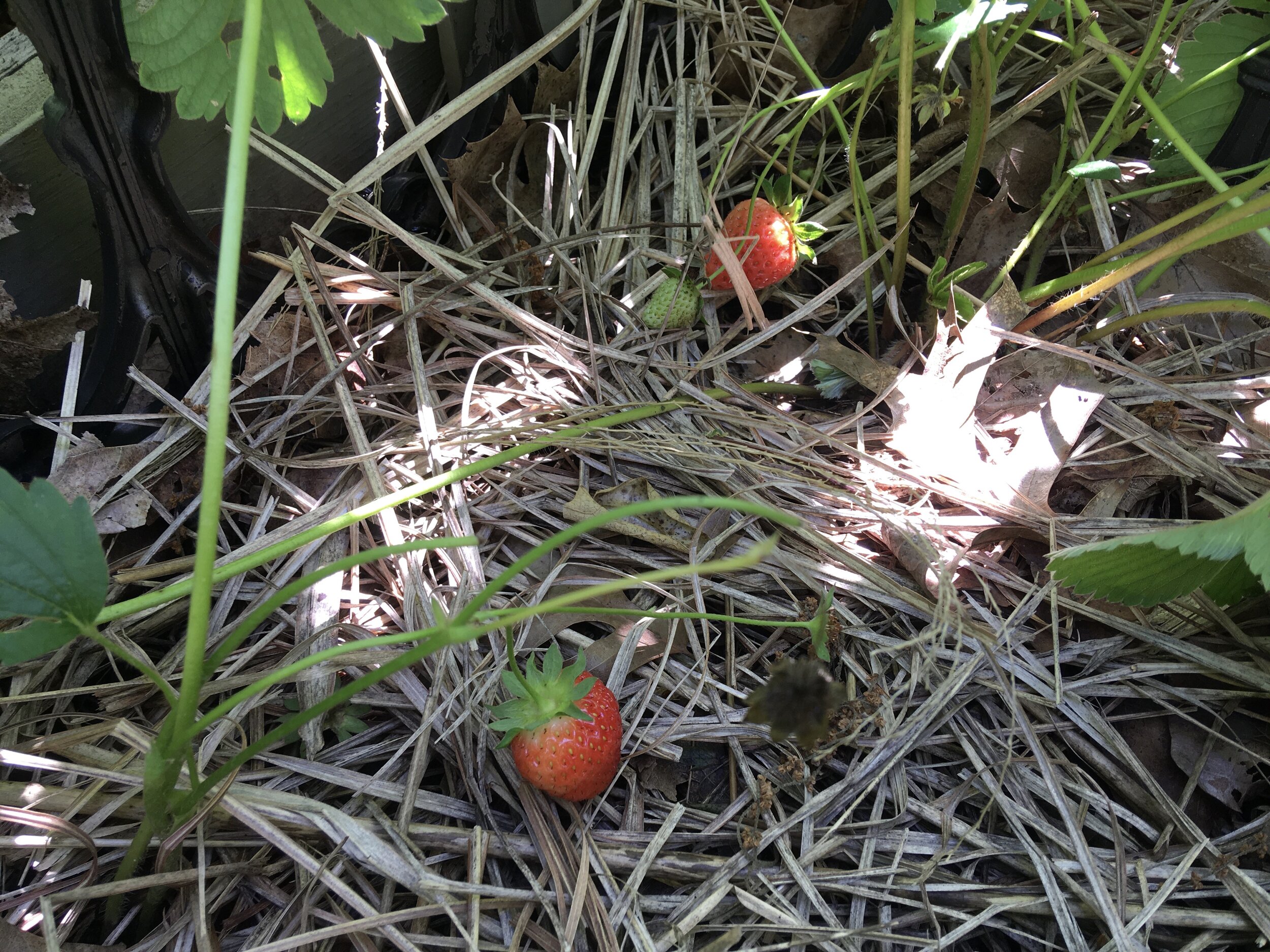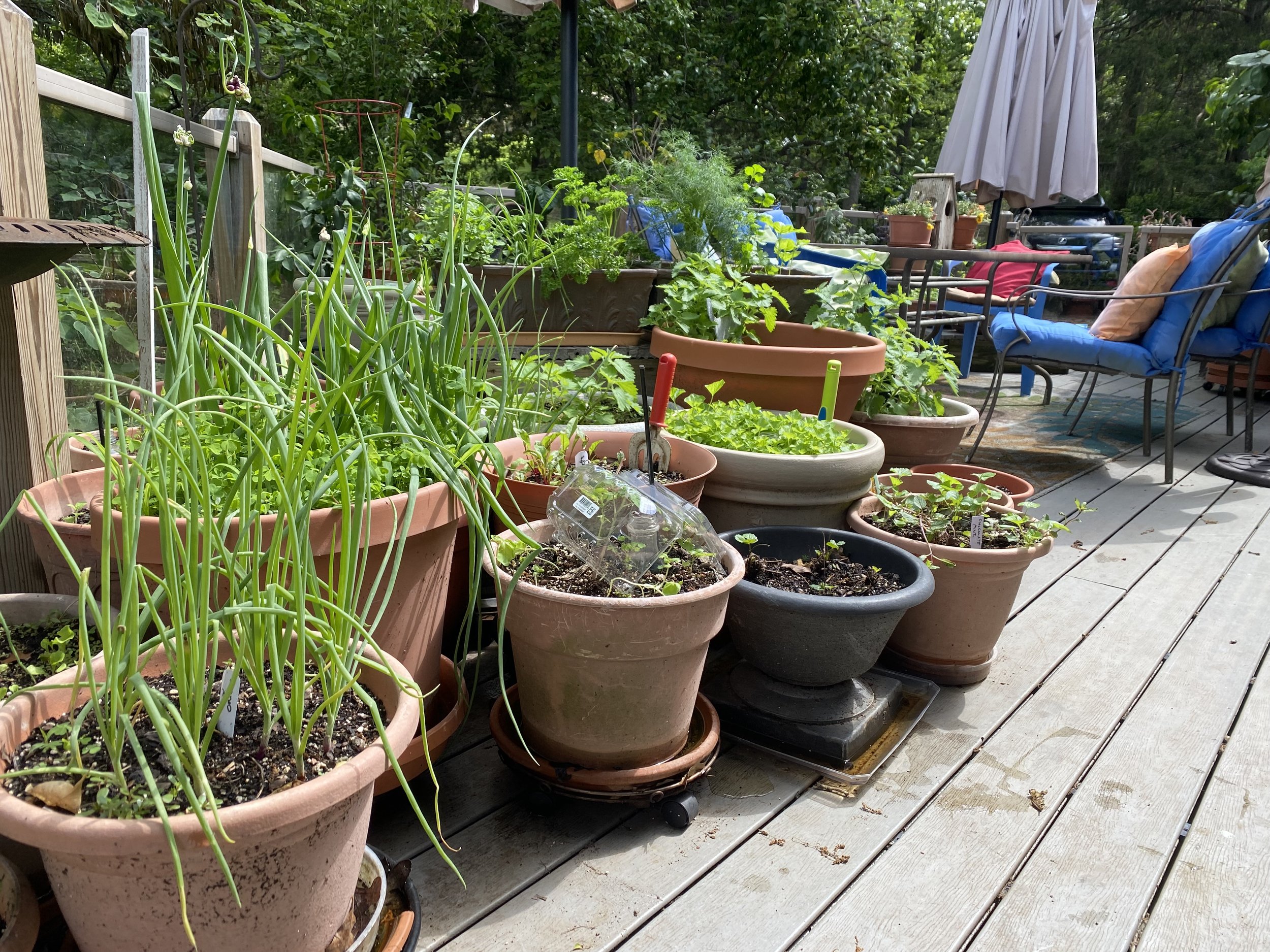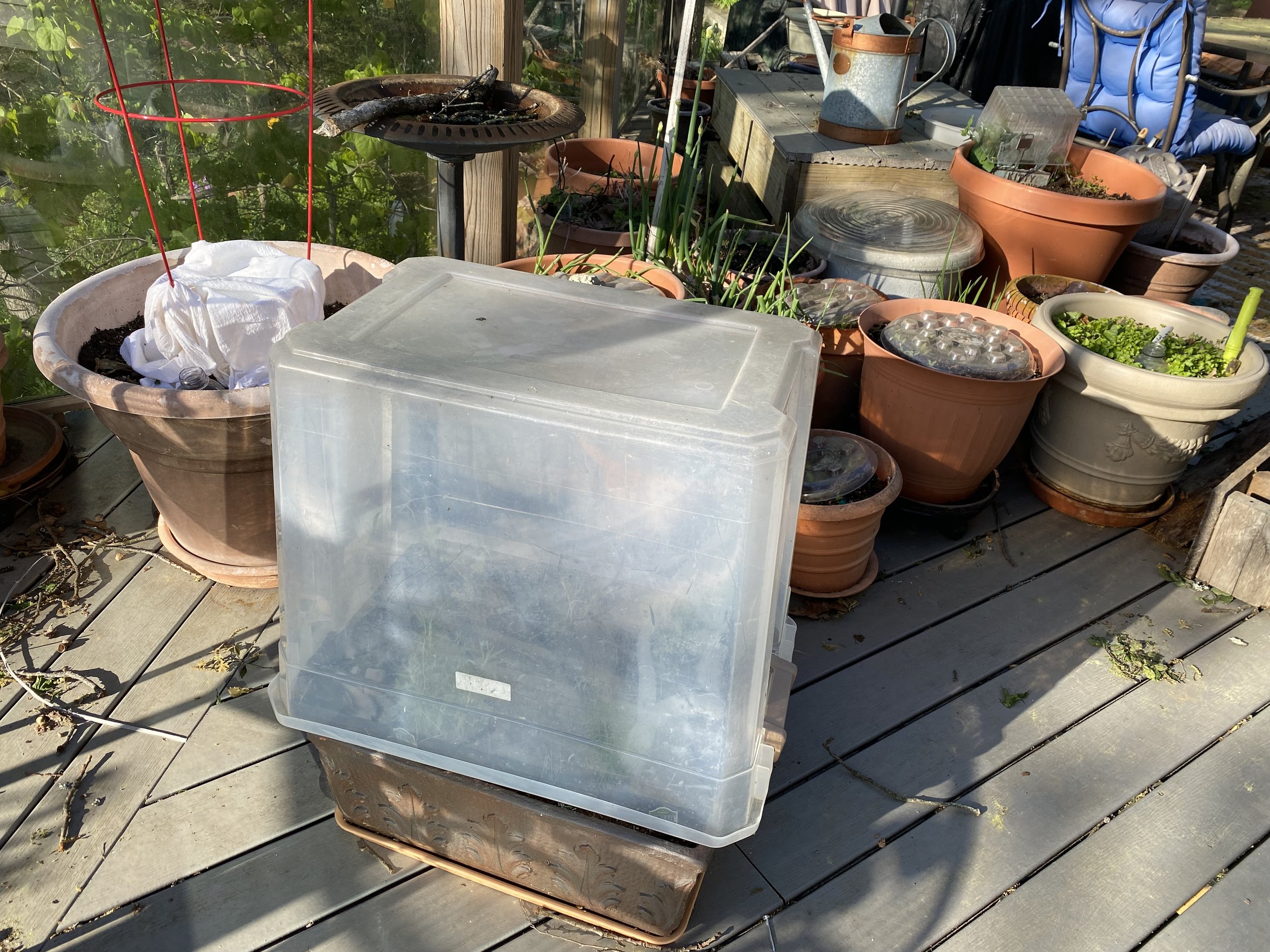Missouri's Daylily Season
/Tiny grasshopper visits one of my orange daylilies. (Photo by Charlotte Ekker Wiggins)
Missouri’s Daylily Season
It’s still amazing to me when I think about our European ancestors. They packed up only a few belongings to travel the Atlantic to make a new home in North America, carrying with them dandelions and Hemerocallis fulva, what we today call Missouri’s Orange daylilies. Actually some in Missouri call these “ditch lilies” because that’s where they can sometimes be found but in general, they are often considered a nuisance or a “weed.”
Not to our European ancestors. They depended on these daylilies for food and on the dandelions for medicine.
As someone who “discovered” these lovely perennials many decades ago, I find them handy in my Missouri hillside garden for a number of reasons.
First, since I garden on an acre where my neighbors told me “nothing would grow,” I use Missouri’s orange daylilies to help me hold in soil. Missouri’s orange daylilies will grow in almost any condition and soil including gravel and clay. They also nicely will help hold in soil, not so easy when one is gardening on land that has an incline.
One of my limestone hillsides covered in Missouri’s orange daylilies.(Photo by Charlotte Ekker Wiggins)
In addition to holding in soil, I use Missouri’s orange daylilies to help mark paths since once the blooming period is over, the greenery helps to cover plants that may die back behind them.
Missouri Orange Daylilies on the way to one of my apiaries. (Photo by Charlotte Ekker Wiggins)
Missouri’s orange daylilies are quite versatile, they will grow well in both sun and dapled shade, like this flower bed with my “cats” in the garden.
My garden “cats” sitting in the middle of Missouri orange daylilies. (Photo by Charlotte Ekker Wiggins)
Last but not least, Missouri’s orange daylilies are entirely edible. These Missouri native wildflowers are still grown in European kitchen gardens precisely because the plants are edible. The newly-growin stalks are called “poor man’s asparagus” and the flower buds are delicious in salads.
Since I don’t use chemicals in my Missouri hillside garden, I can pick orange daylilies with confidence but I would not try that on a batch of orange daylilies from the side of a road - or a ditch.
Orange daylilies line one of my paths down the hill. (Photo by Charlotte Ekker Wiggins)
Missouri’s orange daylilies may not be the best cut flowers because the flowers only last a day. If you pick some with buds, the buds will open on the second and third days so you can mix them with other fill in flowers for a bouquet.
I frankly enjoy a cut bouquet of just orange daylilies. I pick off the dead flowers every day and watch the buds unfold.
If you look closely, these often overlooked Missouri wildflowers are actually quite lovely.
A close up of Missouri’s orange daylilies. (Photo by Charlotte Ekker Wiggins)
Add a few to your garden and see for yourself!
Charlotte

















